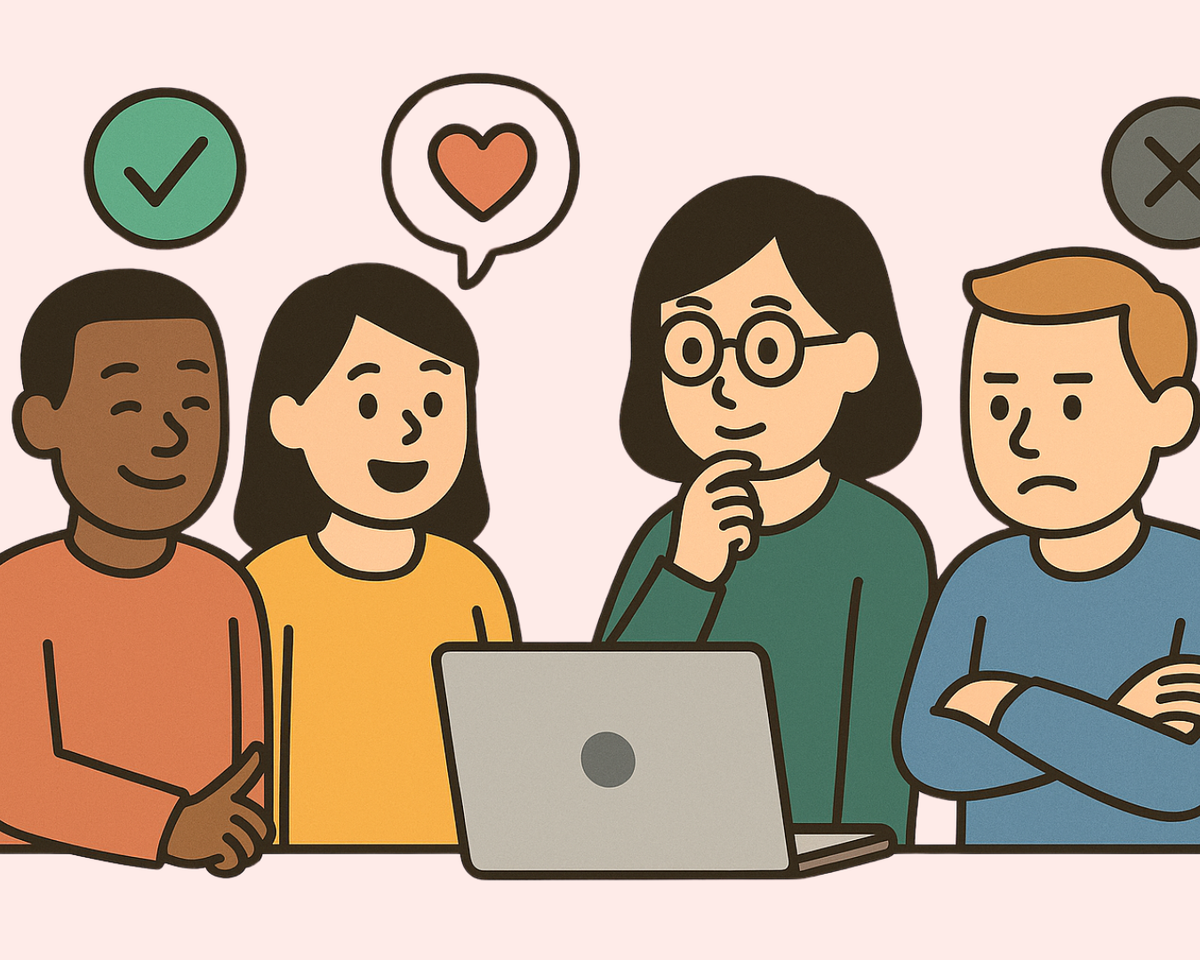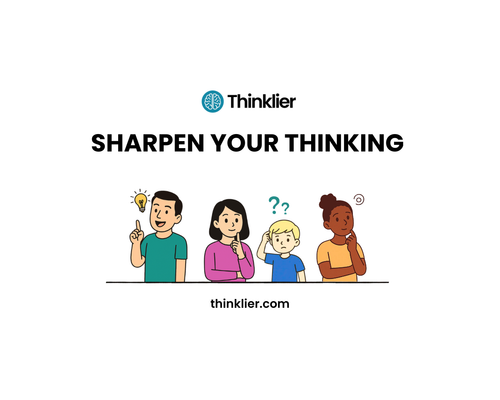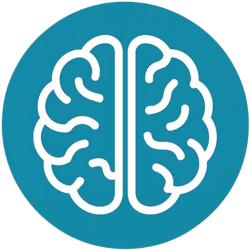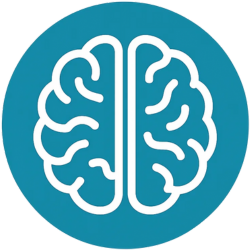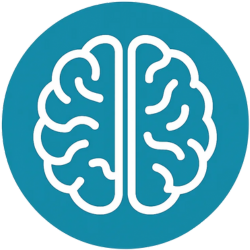At first glance, they sound almost interchangeable — like cousins at a family reunion. But treating critical thinking and problem solving as the same thing can lead to bad habits, shallow learning, and missed opportunities to grow sharper minds.
The difference might seem subtle. In reality, it’s the difference between asking questions and rushing to answers.
What is problem solving?
Problem solving is about getting things done. It’s task-focused. It kicks in when something goes wrong and you want to fix it — a puzzle, a logistical headache, a tech issue, a maths equation.
You identify the problem. You work through the steps. You reach a solution.
It’s an essential skill. But it’s often reactive, and often narrow. Solving a puzzle isn’t the same as wondering why the puzzle matters in the first place.
What is critical thinking?
Critical thinking, by contrast, is about how you think, not just what you do. It means slowing down, questioning assumptions, spotting biases, weighing evidence, and thinking independently — especially when emotions or social pressure are in play.
It’s not always about fixing a clear problem. Sometimes it’s about seeing that the “problem” was framed in a misleading way. Or realising that two opposing sides are both missing the point.
In our free Thinking Toolkit, we define critical thinking as the habit of staying curious, mentally flexible, and intellectually honest — even when it’s uncomfortable.
An example: same moment, different mindset
Imagine your child tells you they don’t want to go to school. A problem-solving mindset might kick in immediately:
“Okay, how do we fix this? Bribe them with a reward? Talk to the teacher? Change their schedule?”
A critical thinking mindset pauses.
“Why might they not want to go? What beliefs or fears might be at play? Is this a one-off or a pattern? Are we jumping to a solution too quickly?”
Both approaches matter. But one is more likely to uncover the deeper story.
Why it matters
In a world overloaded with information and riddled with emotional triggers, teaching kids only to solve problems is like handing them a fire extinguisher and calling them a firefighter.
What they need is judgment. Perspective. The ability to ask:
- Is this the right problem?
- Is someone trying to manipulate me?
- What am I assuming without realising it?
This is what our Toolkit lesson on slowing down before judging is all about — and why we treat thinking as a moral act, not just a mental trick.
In short
Problem solving fixes.
Critical thinking questions.
One patches the roof.
The other asks whether the house was built on sand.
To thrive in today’s world, kids — and adults — need both. But we too often teach one and forget the other.
FAQs
What is a real-life example of critical thinking?
Imagine you're scrolling social media and see a viral post claiming a food is "deadly." A critical thinker would pause, check the source, look for alternative viewpoints, and consider the evidence — rather than sharing it straight away.
Can you be good at problem solving but bad at critical thinking?
Yes. Many people can fix day-to-day issues quickly — but still fall for misinformation, emotional manipulation, or groupthink. Problem solving helps you act. Critical thinking helps you ask whether that action is wise.
Which should be taught first: problem solving or critical thinking?
Both are valuable, but critical thinking lays the foundation. Teaching children to question, reflect, and evaluate helps them solve problems more wisely, not just more efficiently.
Further reading
The Coddling of the American Mind by Greg Lukianoff and Jonathan Haidt
Why a culture of emotional fragility and overprotection might be leaving kids less prepared to deal with reality.
Indistractable by Nir Eyal
A practical toolkit for helping children (and adults) manage distraction in a tech-saturated world.
Amusing Ourselves to Death by Neil Postman
A prescient look at how media shapes thought, behaviour, and public discourse.
Lost in Thought by Zena Hitz
An elegant defence of slow, independent learning in a world addicted to immediacy and popularity.
The Teenage Brain by Frances E. Jensen
A neuroscientist’s guide to understanding adolescent behaviour — and how to help teens develop better decision-making.
Enjoyed this? Go deeper with our free Thinking Toolkit
A 10-part course to help you think more clearly, spot bad arguments, and build habits for sharper reasoning.

You might also like...
